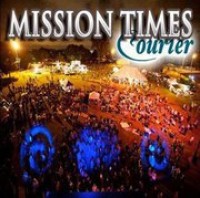reports stargazers are in for a show this weekend as the Perseid meteor shower will once again illuminate the night sky. Though the display commenced in mid-July, the peak will be visible Sunday night into Monday morning.
Perseid meteors are particles from the debris trail on the comet 109P/Swift-Tuttle and hit the Earth's atmosphere moving 132,000 miles per hour.
Conditions will be prime for viewing the show in the Northeast, but the mid-Atlantic, especially Philadelphia and Washington, D.C., will be on the edge. A front pushing into the south could create an obstructive, cloudy sky.
"Right now, it seems that the front will hold stubbornly across the Carolinas," according to Meteorologist Kristina Pydynowski, promoting fair conditions.
The nation's midsection will not catch much of the shower as a front sags across it, posing a threat for heavy rain.
The immediate West Coast will also miss the display due to low clouds.
This year, with the moon in a crescent phase, the dark sky will aid in the spectacle, allowing even fainter meteors to be seen.
"Any time you have a darker sky, that helps," Meteorologist Mark Paquette said.
The shower, nicknamed the "Fireball Champion," produces more meteors than any other annual shower and is typically bright enough at its peak to be seen in areas that suffer some light pollution.
"Most people consider this the best meteor shower of all to see shooting stars," Paquette said.











Comments:
Welcome to the discussion! Full, real names are required to comment and will be verified. All comments are approved by an administrator before appearing. Please turn off CAPS LOCK. Please keep it clean: avoid obscene, vulgar, lewd, racist or sexually-oriented language. Anonymous comments, or those with insults, threats, unwarranted attacks or unsubstantiated accusations, will not be posted. To see someone's full name and other information they include on their profile, click on their screen name. Use the 'Report' link on each comment to let us know of abusive posts. Share with us: we'd love to hear any eyewitness accounts, the history behind an article and any additional information you feel we should share with the community.Or, use your linked account: